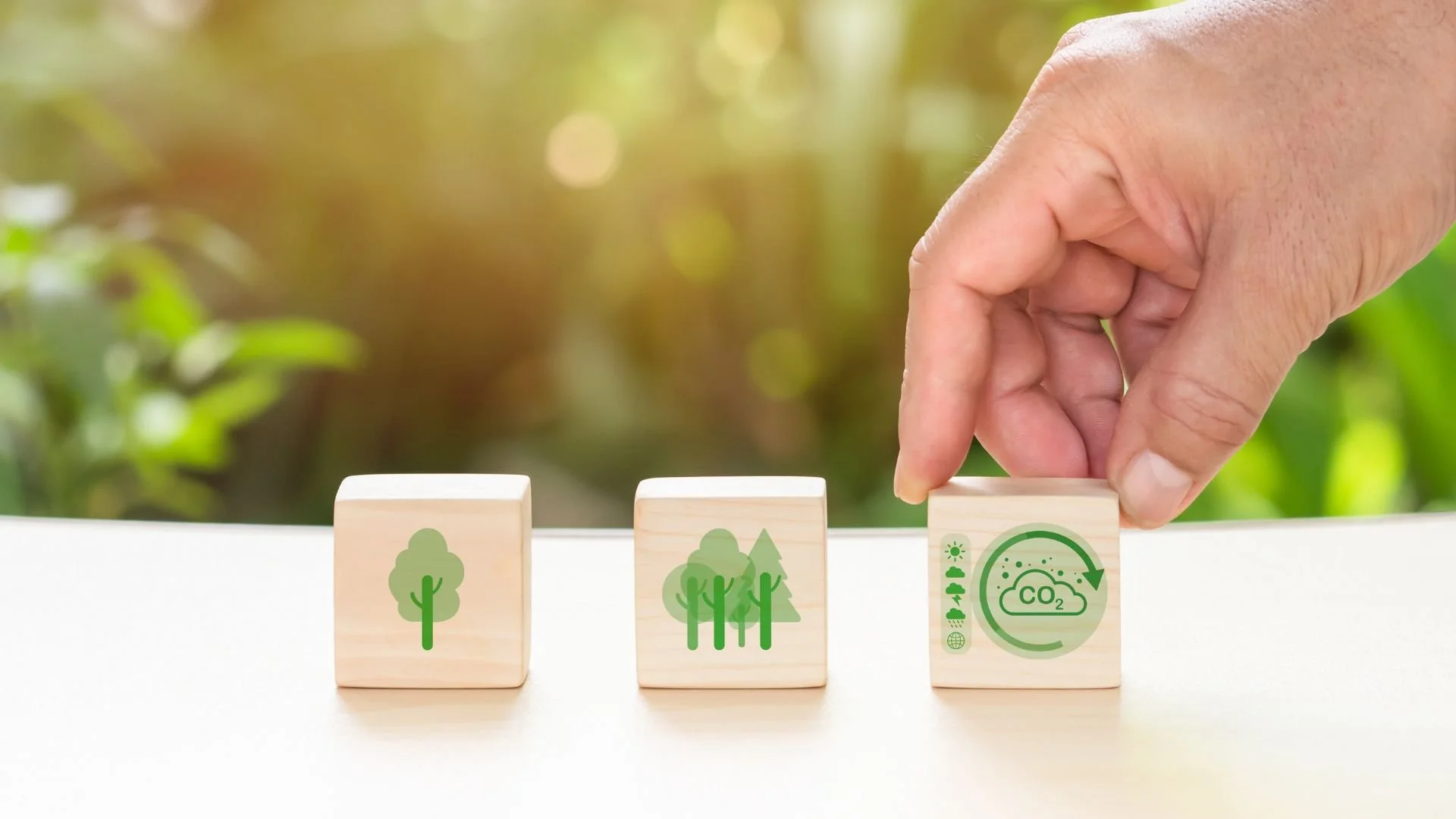How to learn LCA - Learning by doing
It is a well known fact that only a small part of what we humans learn is actually learned in classroom type training sessions or by reading. Just think about yourself: What are the things you are good at and how did you become good at them? Was it by attending some training sessions, did you learn everything in school, or did you become good at those things by actually doing them?
The picture below nicely illustrates this. While theoretical education is important and that foundation is good to have, the importance of learning by doing is much greater.
That is why a significant part of our Environmental Life Cycle Assessment (LCA) Training program consists of practical doing. Our students work for two months on a real-life LCA project for their respective companies.
The first two weeks of our program, i.e. the training part of it, has received excellent feedback. It was designed by Dr. Gregory Norris who is a leading expert in the Environmental LCA field and also happens to be a Harvard professor, i.e. he does know how to teach (and so do our other teachers). The training is a combination of lectures, reading and exercises together with live meetings where we discuss what we just learned. That is the top part of the learning pyramid and the first step to learn LCA.
The second step to learn LCA is the project period of our program. During the project period, just like during our first two weeks of training, we have live meetings where we discuss questions and problems that our participants come across. That combination of discussion and practice gives a strong foundation for a career that includes conducting Environmental LCA’s. After the project is completed, we still offer the possibility to participate as mentors in our future programs, to make the learning even deeper by teaching others. Learning by teaching can be just as powerful, and give even more insights than learning by doing. We could say that is the third step to learn LCA.
The learning pyramid has been questioned and it is probably not 100% applicable to all kinds of learning but we believe it is valid in our case. We are not saying that lectures and reading are not important, they are a good start and we do those too. Still, the feedback we have received shows that at least for learning Environmental LCA, “learning by doing” is what really makes a difference. After all, when you have completed an Environmental LCA, you will be much more confident to start working on the next one than you would be after only some classroom type of training.
The importance of experience, even from just one LCA, cannot be emphasized too much. A real life LCA for a real product, service or organization, exposes how messy reality is. Here are a few common kinds of issues we often talk about:
Data will not be readily available. So where can it be found if it is not readily available in a database? Or what if there is somehow similar data but not exactly what you need?
Decisions need to be made about if, and how, to consider for example impacts of raw materials that might be a by-product or waste from another process
How do you decide on which assumptions to build your model on? What are those based on and do they reflect real human behavior? Does location matter for example?
The participants of our program will discuss topics like these in our weekly live meetings with our staff and professors. They will not only get answers to their own questions but also hear the questions and answers of everyone else in the group. That is actually just another form of experience. After all, our experience does not come only from what we do but also from the meaningful conversations we have.


